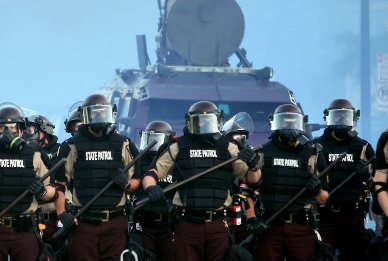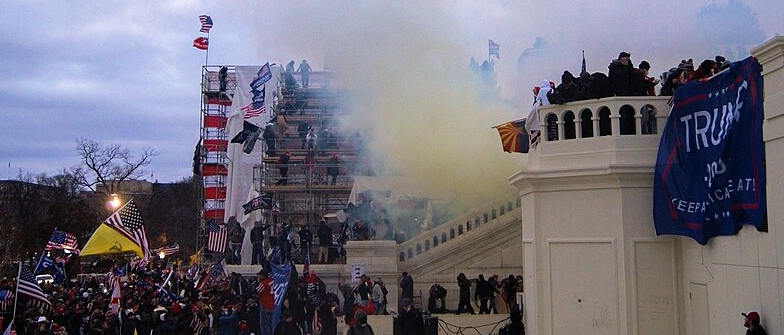Photo: YouTube
Wednesday, the American Civil Liberties Union released an analysis of 1033, the federal program through which the U.S. military transfers weapons of war to state and local police and sheriff’s departments.
Our research investigated reforms put in place by President Obama and found they were not enough to substantially curb the flow of military equipment to local law enforcement agencies. The analysis shows that the real harms of the relatively unregulated transfer of military equipment to police forces continue to fall disproportionately on people of color.
This analysis comes in the wake of local police departments using weapons of war against protesters across the country, including in Standing Rock, Ferguson, Kenosha, Austin, Philadelphia, and just last week, in Minneapolis. The 1033 program gives police and sheriff’s departments unique and unprecedented access to military gear. Since the program was created in 1996, the U.S. military has given roughly 10,000 law enforcement agencies $7.4 billion worth of equipment including grenade launchers, batons, combat vehicles, and hundreds of thousands of rifles.
The ACLU’s analysis finds:
- From 2011 to 2014 alone, the military distributed more than 29,000 military-grade rifles to 18,000 law enforcement agencies;
- Today, state and local law enforcement possess more than 60,000 military-grade rifles, 1,500 combat-ready trucks and tanks, 500 unmanned ground vehicles (functionally landed drones), and dozens of military aircraft, machine gun parts, bayonets, and even an inert rocket launcher;
- Law enforcement attached to K-12 schools, colleges, and universities have received millions of dollars of heavily militarized equipment; and
- The categories of banned equipment were narrowly tailored to comprise a small fraction of controlled equipment — less than half a percent of all controlled equipment in circulation a month before the ban went into effect. As a result, many dangerous items escaped the ban.
NY Rep. Nydia Velázquez will soon re-introduce legislation to repeal 1033. Our findings give rise to a straightforward recommendation: Congress should pass the Demilitarizing Local Law Enforcement Act of 2021, and President Joe Biden should sign it into law. Additionally, the ACLU’s analysis provides the following recommendations to stem the tide of military-grade weaponry flowing to local and municipal police departments:
- President Biden should place a moratorium on 1033 transfers and recall or destroy controlled equipment that has already been distributed;
- Officially abolish 1033;
- Amend Title 10 U.S. Code, Chapter 153 to create new protocols for the decommissioning of military equipment;
- End the militarization of police;
- End the preferential treatment enjoyed by law enforcement; and
- Divest from police and sheriff’s departments.
While it is difficult to trace individual pieces of 1033 equipment to deployment by law enforcement, we can identify moments where 1033 is implicated in troubling police violence. Take the protests of June 2020, which began in response to the police murder of George Floyd, and sought to address systemic racism and violence in policing. During those protests in Austin, Texas, police critically injured a 20-year-old Black man protesting using “less-lethal” weapons.
At the time, they had in their possession five “less-lethal” firing devices transferred through 1033. Executive Order 13688 failed to curb these racist abuses. The amount of dangerous equipment in circulation remains high. Furthermore, this influx of equipment does not improve public safety. The 1033 program is beyond reform and must end for good.
You can read our complete analysis of 1033 and see all our recommendations here.








